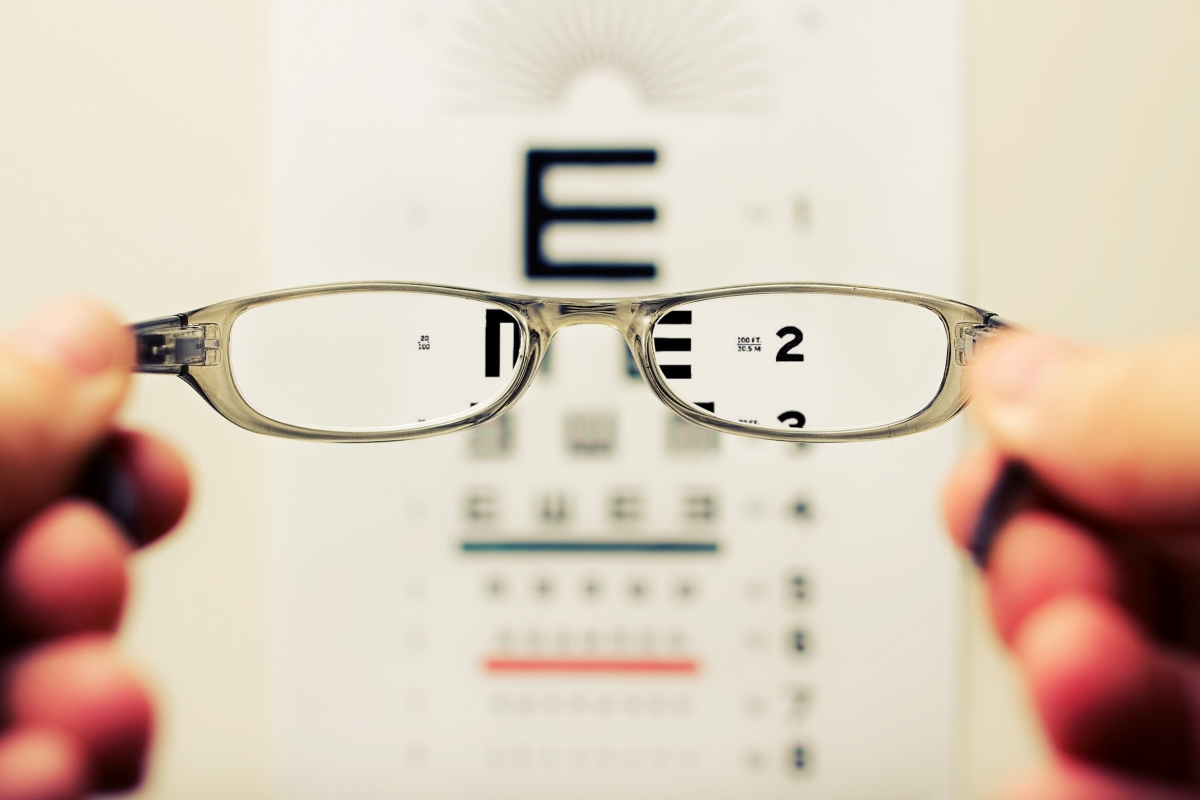Parkinson’s Disease and Melanoma
Summer is just around the corner which hopefully means more time outdoors, gardening, picnicking, exercising and moving. While skin care is a year-round priority, there certainly seems to be heightened awareness of the need to protect from the sun as temperatures rise, and many people with PD are unaware of the associated increased risk of developing melanoma.
The link between Parkinson’s disease, a neurological disorder, and melanoma, a type of skin cancer has been known for years, and suggests a potential biological link between the two diseases, prompting researchers to investigate the shared pathways or genetic factors that may contribute to their simultaneous occurrence. Research has identified a common protein called alpha synuclein as a possible connection between PD and melanoma. An abundance of this protein is found in higher levels in both the brains and skin of individuals with PD.
While the risk of developing melanoma or PD individually is low, individuals with PD have been found to have a 3.8-fold increased chance of having pre-existing melanoma.
Prevention and Intervention
Preventing melanoma involves essential steps such as wearing protective clothing, applying sunscreen daily, staying in the shade, and promptly evaluating any new or changing skin spots.
It is crucial to understand that not every person with PD will develop melanoma (or vice versa). Both these diseases remain relatively rare. By being aware of shared risk factors and taking proactive steps towards prevention and intervention, you can empower yourself and take action to mitigate the risks effectively.
- Sun Protection: Limiting exposure to harmful UV rays by wearing sunscreen, protective clothing, and seeking shade can help lower the risk of melanoma.
- Know The Signs: Talks with your Healthcare provider and understand what skin changes you should watch for.
- Healthy Lifestyle: Maintaining a balanced diet, engaging in regular exercise, and avoiding tobacco products can contribute to overall well-being and potentially reduce the risk of both diseases.
- Medical Monitoring: Individuals with Parkinson’s disease should undergo regular check-ups that include skin examinations to monitor any changes closely.
A healthy awareness of the symptoms and knowing what to do if any concerns arise is crucial for early detection and treatment. You can learn more about the signs and symptoms of melanoma by discussing with your healthcare provider and making sure you receive regular screening.
What to Do If You Notice Concerning Signs
- Consult a Doctor: If you notice any changes in moles or skin lesions that worry you, consult a doctor promptly.
- Skin Examination: Ask your doctor to perform a total skin examination to look for signs of skin cancer.
- Early Detection: Early detection is key; inform your doctor about any new or changing moles, sores, or skin discolorations.
- Regular Check-ups: Regular dermatologist visits can significantly improve the chances of early detection and proper diagnosis.
Credible resources for more information on melanoma:
-
- www.ncbi.nlm.nih.gov/
- UCLAHealth.org
- Cancer.org
- Cleveland Clinic












